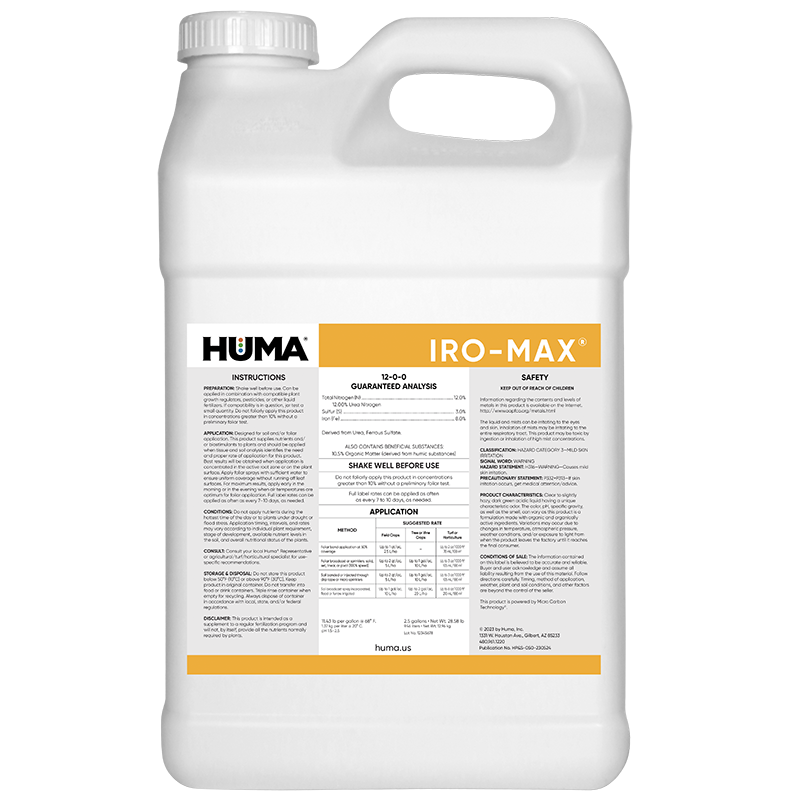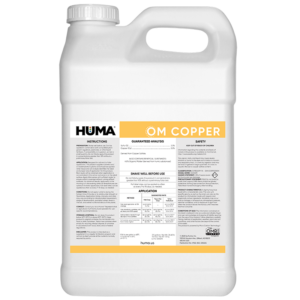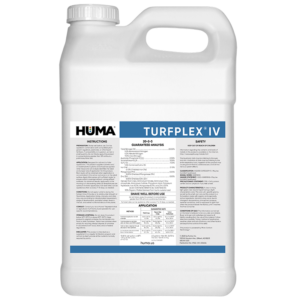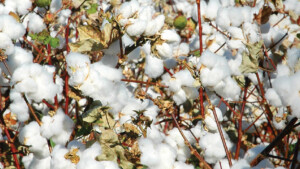IRO-MAX
Benefits of Use:
- Iron is required by plants for the formation of chlorophyll.
- Iron is a component of enzymes that activate other biochemical processes within plants such as respiration, symbiotic nitrogen fixation, and energy transfer.
- IRO-MAX® relieves chlorotic symptoms of iron-deficient plants.
Deficiency Symptoms—When to Apply:
- Plants develop severe chlorosis, or a yellowing or “bleaching” of leaf tissue with veins remaining green
- Severe iron deficiencies result in stunted growth
- In grain crops, leaves will show chlorotic or yellow striping
- High pH, excess bicarbonate, calcium, magnesium, and/or phosphate
- High levels of nitrate, over-irrigation or poor drainage, poor aeration, plant viruses, root pruning, or nematode damage
- Deficiencies of potassium and calcium
FAQs
Related Videos
Huma® Micronutrients and Secondary Macronutrients
Huma liquid micronutrient and secondary macronutrient fertilizers with Micro Carbon Technology (MCT) are extremely efficient. MCT improves nutrient uptake so you can get the most out of your crops. Deliver micronutrients and secondary macronutrients exactly
Learn More
Related Products
Related Case Studies

Humic Products Increase Iowa Corn Yield
Background Scientific research shows humic and fulvic acids can have a biostimulant effect on plant root growth and mass, nutrient availability and uptake, and crop yield and quality. Objective The objective of this study was to compare and contrast the immediate effects that three types of humic products from Huma®, Inc. have on corn yield.

Huma Pro® Mix, pH-Stable Liquid Humic Acid Product, Increases Corn Yield
Conducted by: Bruce Kirksey, PhD, Agricenter International, Memphis, Tenn. Huma® Product: Huma Pro® Mix Background Scientific research shows that humic and fulvic acids are biostimulants—enhancing nutrient availability and uptake, improving plant root growth and mass, and impacting both crop yield and quality. Humic acid products are not all the same. They are marketed in solid

Huma® OM 1-3 mm Organic Humates Improve Potato Yield by 9%, With 5:1 ROI
Background Scientific research shows that humic and fulvic acids are biostimulants—enhancing nutrient availability and uptake, improving plant root growth and mass, and impacting both crop yield and quality. Objective The focus of this study was to assess the effect of pre-plant application of a raw humic product on potato yield. Materials & Methods One week
Related Blog Posts

This Week in Ag #6
Tomorrow is National Ag Day! Just like Huma, Inc., National Ag Day is enjoying its golden anniversary. The day is dedicated to celebrating and raising awareness for how our food, fiber (and energy) is produced. This year’s theme is “Growing a Climate for Tomorrow.” Agriculture is the USA’s largest employer, responsible for 23 million jobs –

This Week in Ag #17
Today we commemorate one of the most important dates in history, D-Day. In 1944, the fate of the world literally depended on the success of this amphibious invasion. The bravery of our soldiers abroad – and the perseverance of our grandmothers and great-grandmothers in the factories at home – were paramount to our ultimate victory.

This Week in Ag #34
Earl Butz, one of the most famous and popular US Secretaries of Agriculture, once told me that a key competitive advantage for US farmers in the global marketplace is our built-in natural infrastructure. Our Great Lakes and river system is perfectly designed to transport grain efficiently. The Mississippi River is the backbone of our agricultural transportation system: 60% of all grain exported from the USA is shipped by barge down the Mighty Mississippi.










